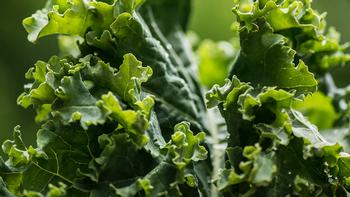News from the Edible Demo Garden
February 2021: Winter Pruning

Bare Root Fruit Trees For Sale Now
Some of our members are interested in expanding our fruit tree stock. Although we are coming to the end of it, this is the time of year to purchase new bare root trees. We know where we want to plant about six to seven trees and it is now decision-making time. Our news next month will reveal what decisions we have made.
Pruning Small Fruit Trees
We currently have two small fruit trees: a pear and three Asian plum varieties that are grafted on the same rootstock. We have had these for at least a few years and have tended to them sporadically. They have not been regularly pruned, but this year we plan to treat them right. It is time for winter pruning.
Winter Fruit Tree Pruning
Winter pruning can happen any time in mid- to late winter while the tree is dormant even when it is budding or flowering if you don’t get to it earlier. Pruning in winter should be lighter than the second pruning each year near the summer solstice. Most of us who are not professionals may be reluctant to take that first cut. However, for fruit trees, it is more important that you do the pruning rather than the precise cuts that you make. Your tree will forgive any mistakes and you will learn more every year. Winter pruning is the perfect time to start your learning. The tree is bare of leaves and its structure is totally revealed.
How to Decide What to Prune
Before you make that first cut, stand back and observe all sides of the tree. Look at negative space too; well- pruned trees have an airy quality. Ask yourself the question “What bothers me about this tree?” Is there a branch that is too low? Does anything droop or look sickly? Is the center too crowded so that the sun will not reach the lower branches? Are there branches that cross each other or head in the wrong direction? If the tree has not been regularly pruned, do not correct all problems this season. Winter pruning is a light pruning. Some problems are best corrected over time.
As you begin to answer these questions, take some blue painter’s tape and apply it to the places where you want to make the pruning cuts. For pruning an entire branch, apply the tape just outside the limb’s collar, the swollen area of trunk tissue around the base of a branch. If you want to correct the direction in which a branch is growing, then put the tape just above a bud that is pointing in the direction you would prefer. Then step back and visualize what your tree might look like. Remember that there is no one right answer in pruning and you always get a chance to fix what you have done the next season. You are more capable than you think!
Learn more about PRUNING
